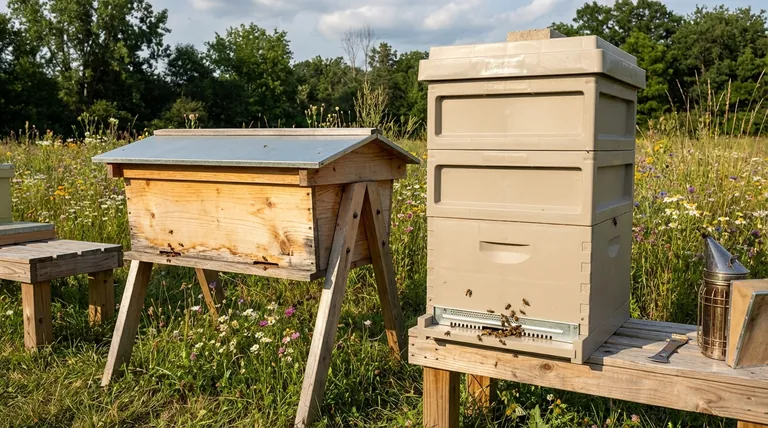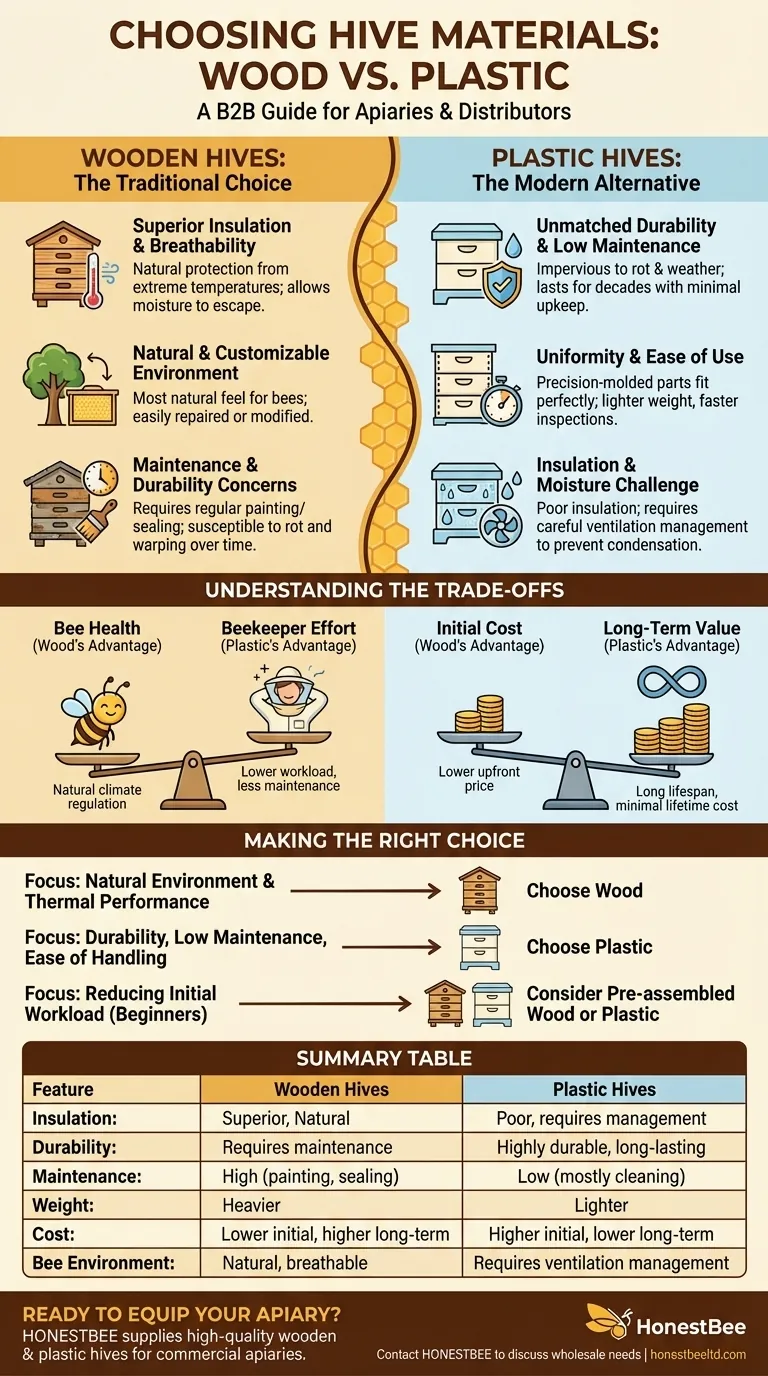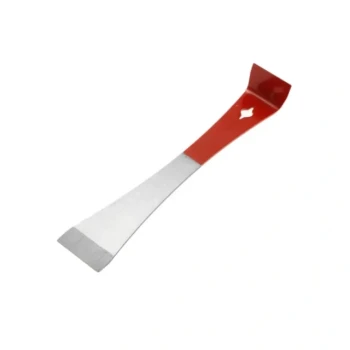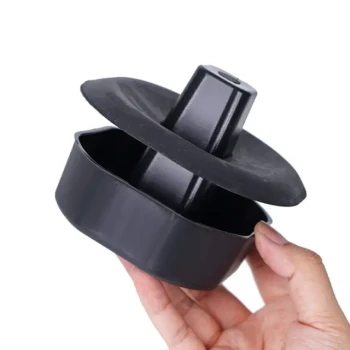For beekeepers, the fundamental choice of hive material comes down to two primary options: traditional wood and modern plastic. Each material presents a distinct set of benefits and challenges that impact everything from bee health to the beekeeper's workload and long-term costs.
The decision between wood and plastic is not about which is universally "better," but which is better aligned with your specific goals, climate, and beekeeping philosophy. Wood offers superior insulation and a natural environment, while plastic provides durability and operational simplicity.

The Traditional Choice: Wooden Hives
Wood, most commonly pine or cedar, has been the standard for beekeeping for centuries. It remains a popular choice for its natural properties and aesthetic appeal.
Superior Insulation and Breathability
Wood is a natural insulator, helping to protect the colony from the extreme heat of summer and the bitter cold of winter. Its porous nature also allows the hive to "breathe," which helps regulate internal humidity by allowing moisture to escape.
A Natural and Customizable Environment
Many beekeepers prefer wood because it provides the most natural environment for the bees. Wooden components can also be easily repaired, modified, or built from scratch by those with basic carpentry skills.
Maintenance and Durability Concerns
The primary drawback of wood is its susceptibility to the elements. Without proper maintenance, such as regular painting or sealing, wooden hives will rot, warp, and degrade, requiring replacement over time. They are also heavier than their plastic counterparts.
The Modern Alternative: Plastic Hives
Engineered plastic hives and components have become a significant alternative, prized for their durability and ease of use, especially in large-scale operations.
Unmatched Durability and Low Maintenance
High-density, food-grade plastic is impervious to rot and weather. It will not warp or decay and can last for decades with minimal upkeep, often only requiring occasional cleaning. This makes it a very cost-effective option over the long term.
Uniformity and Ease of Use
Plastic components are precision-molded, ensuring a perfect fit every time. This uniformity makes inspections and hive manipulations faster and simpler. They are also significantly lighter than wood, reducing physical strain on the beekeeper.
The Insulation and Moisture Challenge
Plastic has poor insulating properties compared to wood. In very hot or cold climates, this can create stress on the colony as they work harder to thermoregulate. Plastic hives are also non-porous, meaning condensation can build up inside if ventilation is not managed properly.
Understanding the Trade-offs
Choosing a hive material is a balancing act. Your decision involves clear trade-offs between the needs of the bees and the priorities of the beekeeper.
Bee Health vs. Beekeeper Effort
Wood provides a more naturally regulated micro-climate for the bees due to better insulation and moisture control. However, it demands significant effort from the beekeeper in assembly, painting, and ongoing maintenance to prevent decay.
Plastic dramatically reduces the beekeeper's workload with its durability and low-maintenance nature. The trade-off is that the beekeeper must be more vigilant about providing adequate ventilation and may need to take extra steps to insulate hives in harsh climates.
Initial Cost vs. Long-Term Value
Wooden hive components often have a lower upfront purchase price. However, the total cost over time increases when you factor in paint, sealants, and the eventual replacement of rotted components.
Plastic hives typically have a higher initial cost. This investment is balanced by a much longer lifespan and virtually zero maintenance costs, making them a more economical choice over the long run.
Making the Right Choice for Your Apiary
Ultimately, the ideal material depends on what you value most in your beekeeping journey. There is no single correct answer, only the right answer for your situation.
- If your primary focus is a natural environment and superior thermal performance: Wood is the ideal choice for its insulation and breathability.
- If your primary focus is durability, low maintenance, and ease of handling: Plastic offers a clear advantage that simplifies operations and lasts for decades.
- If you are a beginner concerned about the initial workload: Consider pre-assembled wooden hives or starting with plastic components to reduce complexity in your first few years.
By understanding these core differences, you can confidently select the material that best supports your bees and your beekeeping goals.
Summary Table:
| Feature | Wooden Hives | Plastic Hives |
|---|---|---|
| Insulation | Superior, natural | Poor, requires management |
| Durability | Requires maintenance | Highly durable, long-lasting |
| Maintenance | High (painting, sealing) | Low (mostly cleaning) |
| Weight | Heavier | Lighter |
| Cost | Lower initial, higher long-term | Higher initial, lower long-term |
| Bee Environment | Natural, breathable | Requires ventilation management |
Ready to Equip Your Apiary with the Right Hives?
Choosing the right hive material is crucial for the health of your bees and the efficiency of your operation. HONESTBEE supplies high-quality beekeeping supplies and equipment—including durable wooden and modern plastic hives—to commercial apiaries and beekeeping equipment distributors through our wholesale-focused operations.
We help you make an informed decision based on your specific climate, scale, and beekeeping philosophy. Let us provide the reliable equipment you need to succeed.
Contact HONESTBEE today to discuss your hive material needs and place your wholesale order!
Visual Guide

Related Products
- Long Langstroth Style Horizontal Top Bar Hive for Wholesale
- Wholesales Dadant Size Wooden Bee Hives for Beekeeping
- Langstroth Bee Hives Bee Keeping Box for Beginners Beekeeping
- Professional Insulated Plastic Bee Hives
- HONESTBEE Professional Long Handled Hive Tool with Precision Cutting Blade
People Also Ask
- What are the benefits of the top bar hive? A Guide to Ergonomic, Natural Beekeeping
- What are the most popular types of hives besides the Langstroth? Top Bar & Horizontal Hives Explained
- What are the box management requirements for a top bar hive vs. Langstroth? Choose Your Hive Strategy
- How does the design of a top bar hive benefit beekeepers? Ergonomic & Natural Beekeeping for Hobbyists
- How does the top bar hive help control varroa mites? A Natural Approach to Mite Management



















